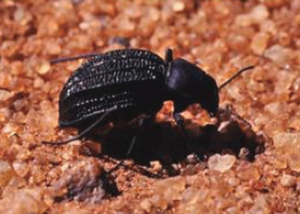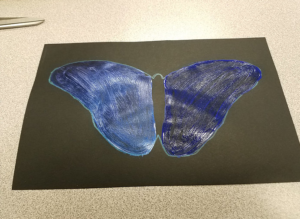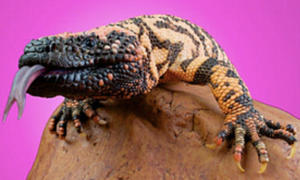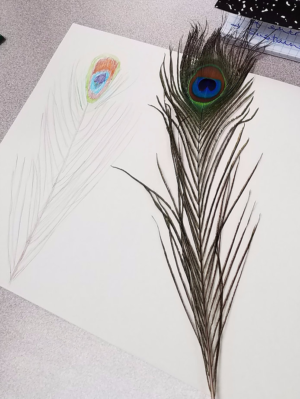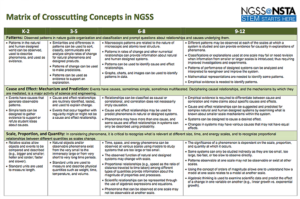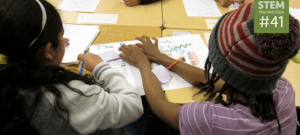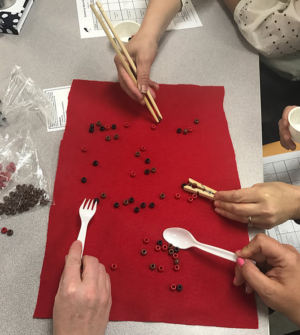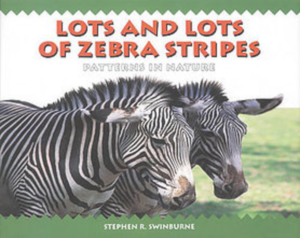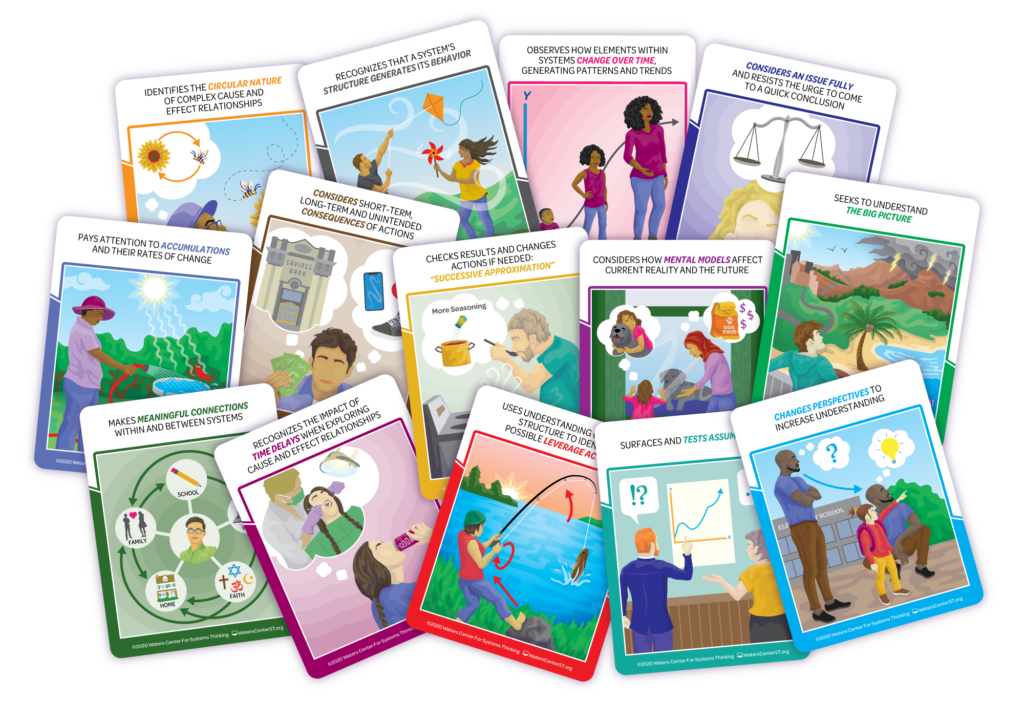Biomimicry
Beetle-inspired Water Bottle
How a desert beetle made self-filling water bottles possible. Biomimicry Jigsaw article
Read MoreInterference Paint
In this activity, students learn about structural color while exploring interference paints. Students compare interference acrylic paints to normal acrylic paints. Students also observe how the color of the paint changes when it’s applied to different paper, or viewed from a different angle.
Read MoreGila Monster Diabetes Drug
The Greatest Hope for Diabetes Is the Gila Monster—and It’s About to Go Extinct Its spit contains enzymes that treat diabetes—but the lizard could be on its way to extinction. Biomimicry Jigsaw article
Read MorePeacock Feather Engagement
To engage students with structural color ideas, a peacock feather was drawn, then put underwater for five minutes, removed, and redrawn to record the change in colors when it is wet.
Read MoreMatrix of Crosscutting Concepts from NSTA
A look at the Crosscutting Concepts from K-12 so educators can see the progression.
Read MorePrompts for Integrating Crosscutting Concepts Into Assessment and Instruction
Prompts for both formative and summative assessment for each of the crosscutting concepts. Great for thinking about the questions you ask students as they are doing science and engineering projects. STEM Tool #41 from STEM teaching Tools
Read MoreEvolution by Natural Selection
Simulate evolution with some colorful “critters” and carnivorous “beaky birds”. Simulations are helpful to demonstrate processes like evolution that take place over many years. Observe how adaptations such as camouflage help organisms survive and pass on traits to offspring. Recognize evolution happening simultaneously in both the predator and prey (bird and critter) populations.
Read MoreLots and Lots of Zebra Stripes
With a simple text and vivid full-color photographs, Stephen R. Swinburne shows children a wide range of nature’s exquisite designs. He invites children to open their eyes and look for patterns in water and on land, in the air and on the ground, and in their own neighborhoods. They will see the world as they’ve…
Read MoreHabits of a Systems Thinker
The Habits of a Systems Thinker help learners understand how systems work and how actions taken can impact results seen over time. They encompass a spectrum of strategies that foster problem-solving and encourage questioning. The Habits of a Systems Thinker Courses on the Waters Center’s Thinking Tools Studio contains a course for each of the…
Read MoreBiomimicry PowerPoint Presentation from the Workshop
This is the presentation from the workshop with links to videos that were used during the workshop.
Read More
